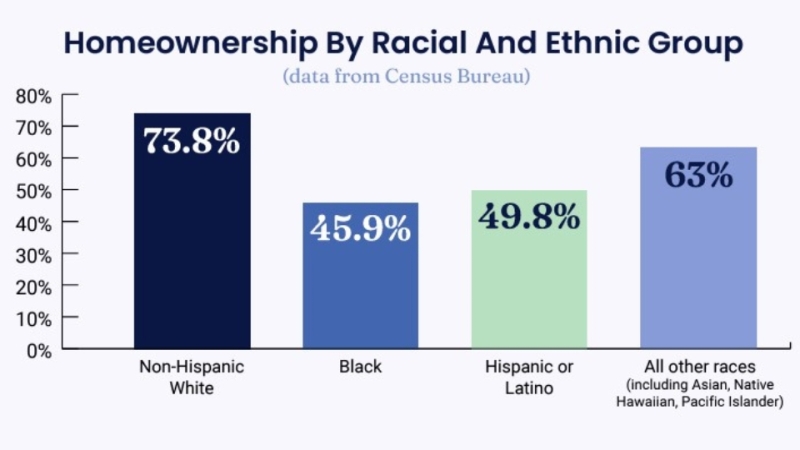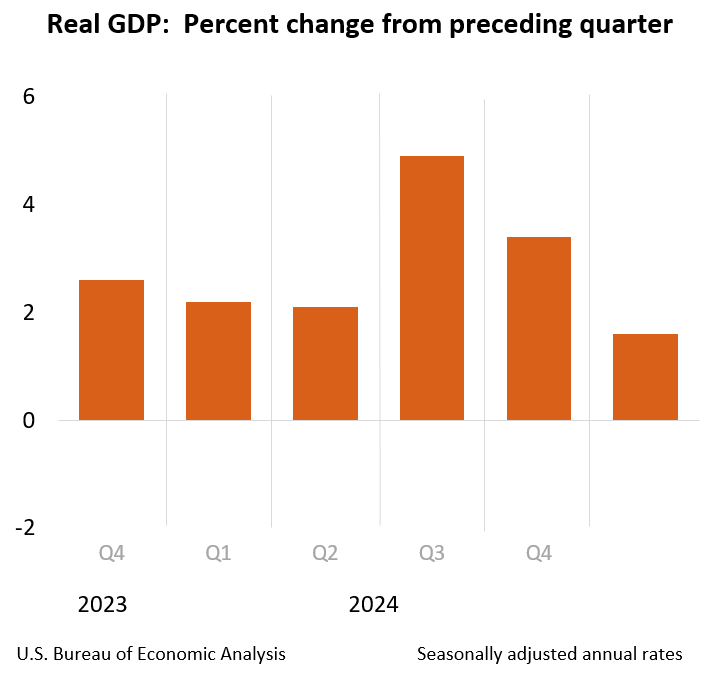Advertisement
MDA Lending Solutions names John Walsh as New President of DataQuick Division
Networking is more than just handing out business cardsJim Donovannetworking, networking event, business card exchange, communication
At a chamber of commerce business card exchange several years
ago, a well-dressed woman walked up to me, business card in hand,
and with perfect form, held the card in front of me and gestured
for me to take it. I took the card from her and smiled. She then
looked up and in a polite voice, said, "Thank you" and walked
away.
How sad. Here was an obviously well-intentioned woman who most
likely owned an interesting business, but she had never learned
what to do at a card exchange. Somewhere, she bought into the idea
that you are supposed to hand out as many business cards as you can
in as little time as possible. Clearly, this does nothing but waste
business cardswhich is great for business card printers, but not so
great for you. The other extreme is the person who spends their
entire time at a card exchange talking to the same individual,
sometimes even people from their own company. Again, this is quite
unproductive. The purpose of a business card exchange is to meet
new people in a pleasant atmosphere.
While there are many good books to help you hone your networking
skills, including Susan RoAne's "How to Work a Room," the essence
of networking is quite simple. Businesses run on relationships.
I've always felt that everything we do is about personal
relationships, and developing a business is no different. Growing
your business is about cultivating and nurturing relationships.
Business card exchanges and similar networking events are really
the starting point to begin what will hopefully become a mutually
rewarding relationship. Since your time is limited, it is a good
idea to spend only a short time speaking with people, especially
those you already know. If you feel a resonance with someone you're
talking to, make arrangements to follow-up your connection at a
later date and move on to meet someone else. I'm sure the
shy-looking person in the corner, who is probably there for the
very first time, has something interesting to say. Why not go over
and extend your hand?
Another big (and frequent) mistake is approaching a networking
meeting with a "me, me, me" attitude. A better approach is to learn
about the other person first. You then have the option of
explaining how what you do could benefit them. This establishes a
stronger platform for communications because as speaking legend Zig
Ziglar said, "You get what you want by helping other people get
what they want." Care about the other person
There are better ways to network and meet prospective business
contacts. For openers, (no pun intended), people are more
responsive if you first show some interest in them and what they
do. There is an old cliché that says we have one mouth and two
ears for a reason. If you listen more than you talk, you will
automatically find that people are more interested in talking with
you.
Marketing guru Jay Abraham once said, "Discovery is the fuel of
competitive advantage." Get curious. Become interested in other
people and what makes them tick. Really care about the other
person. If you take the time to investigate, you will find that
even people who appear quite ordinary have a story to tell. If you
show an interest in them and their lives, you will not only
increase your chances of doing business with them, but you may gain
a friend as well.
How do you do that?
Introduce yourself in a way that emphasizes the benefit of doing
business with you. Saying, "Hi, my name is Mary and I'm a mortgage
broker" is not very exciting. However, if you were to say, "My name
is Mary and I help people buy their dream house." Or, after you've
found out that the person you're talking with has built-up equity
in real estate, you might say, "Hi, I'm Tom and I help people just
like you learn how to maximize their real estate assets." Each of
these introductions will cause the other person (if they are at all
curious) to ask, "How do you do that?" At this point, you have
opened the door for a further explanation or "commercial" for your
business. You can then go on to explain the benefits of your
services.
As an exercise, devise three or four ways to introduce your
business. Let each one focus on a different benefit of your product
or service. Test each of them at your next networking event.
Remember, people do not buy products or services; they buy benefits
and solutions. The more you focus on communicating the benefits of
using your services, the more you will benefit from the increase in
business.
Jim Donovan is an author, business consultant and speaker
with more than 25 years of experience in business marketing and
human performance. He may be reached at (215) 794-3826, via e-mail
at [email protected] or
visit www.jimdonovan.com.
About the author





